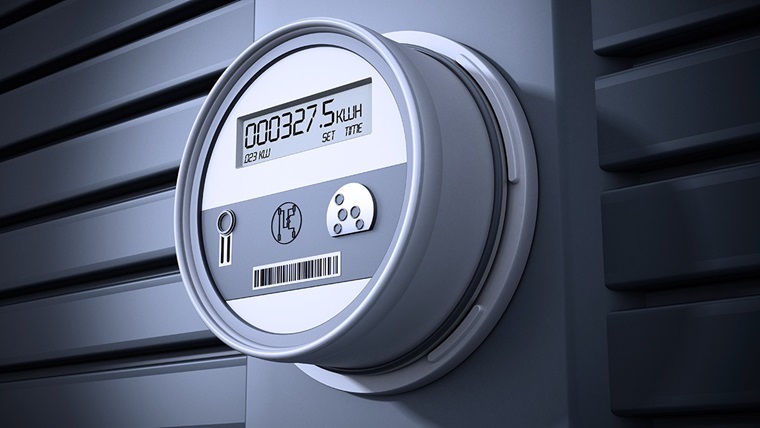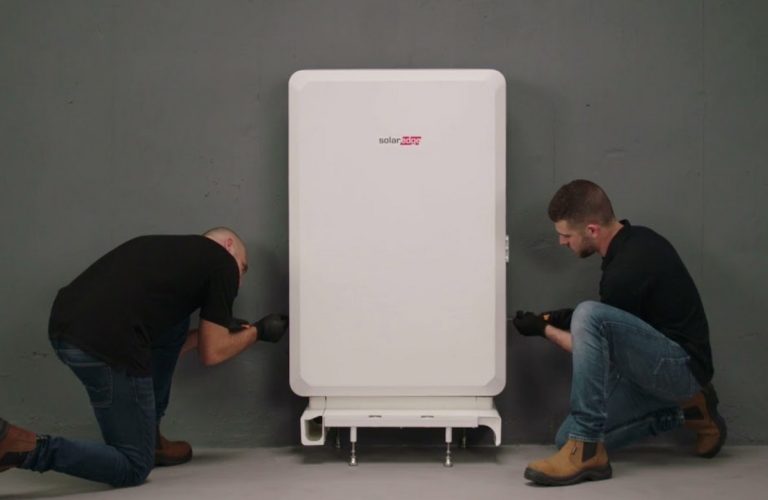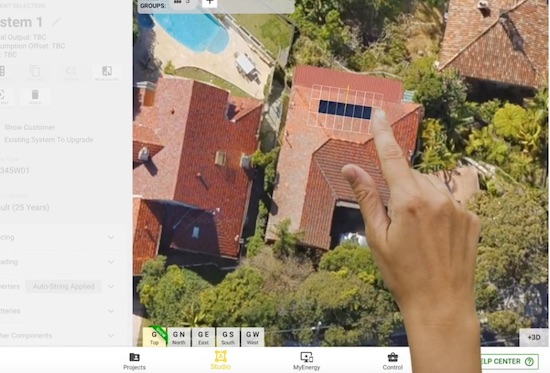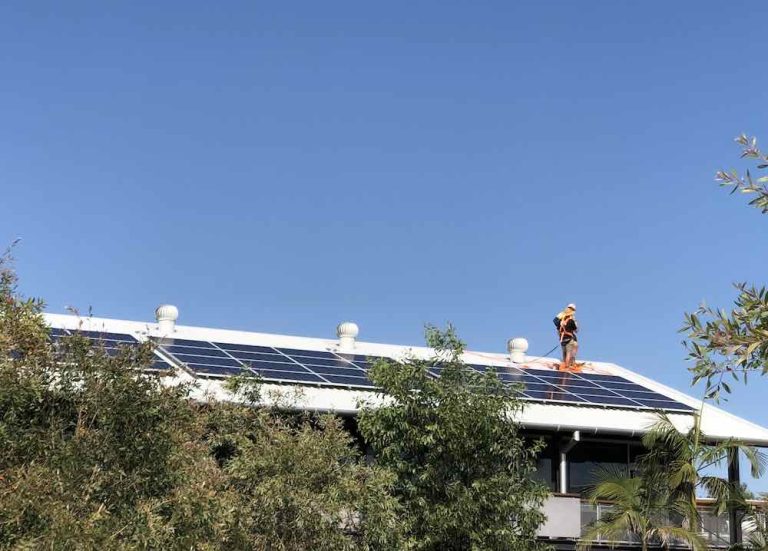Challenges of Managing Rooftop Solar, Batteries, and EVs with Smart Meters
Smart meters have revolutionised the energy sector in Australia, shaping the way energy consumers utilise electricity and enhancing the reliability of the grid. With the introduction of the Power of Choice legislation eight years ago, the adoption of smart meters gained momentum, paving the way for significant changes in the energy landscape.
Initially, only a small fraction of Australia’s electricity was generated by rooftop solar systems, and concepts like electric vehicles and home batteries were distant thoughts for energy consumers. Fast forward to today, over 11% of the country’s energy is sourced from rooftop solar, a quarter of a million households have embraced home batteries, and electric vehicles constitute more than 7% of new vehicle purchases.
The Push for Smart Meter Rollout
In response to the surge in consumer distributed energy resources (DER), the Australian Energy Market Commission has proposed a 100% target for smart meter deployment across the nation. Smart meters play a crucial role in enabling new tariff structures and facilitating the implementation of demand response initiatives on the grid.
By providing real-time insights into energy consumption patterns and the adoption of DER, smart meters offer valuable data that aids in shaping the modern electricity grid. However, ensuring visibility within low voltage networks is essential for effective demand management.
Enhancing Visibility with Smart Meters and Low Voltage Monitoring
Most Distribution Network Service Providers (DNSPs) globally, including those in Australia, have limited visibility of their low voltage networks. To address this issue, a combination of smart meters and low voltage monitoring devices is recommended to support the digitalisation of the electricity network.
While smart meters focus on monitoring individual energy consumption, low voltage monitoring devices track the supply of grid electricity to neighbourhoods and commercial areas. The synergy between these technologies provides DNSPs with comprehensive insights necessary for planning and managing the growth of DER.
Utilising Data for Fault Management and Value Creation
Smart meters play a crucial role in identifying faults by signalling when electricity supply is disrupted to a customer’s premises. On the other hand, low voltage monitoring offers insights into the state of the network, aiding in the quick detection and rectification of faults.
Furthermore, the integration of data from smart meters and low voltage monitoring helps in detecting anomalies such as energy theft, ensuring a more secure and efficient energy distribution system. By forecasting electricity consumption and leveraging real-time data, DNSPs can implement Time of Use Tariffs to manage peak demand effectively.
Integrating smart meters with low voltage network monitoring supports the digitalisation of the grid, providing DNSPs with the tools needed to navigate the challenges posed by the increasing adoption of DER. This integration enables proactive management of supply and demand fluctuations, paving the way for a sustainable and resilient energy future.
Neil Davies, the managing director of EA Technology Australia, emphasises the transformative impact of smart meters and low voltage monitoring in shaping Australia’s energy landscape and driving towards a net-zero emissions grid.





38.jpg)
